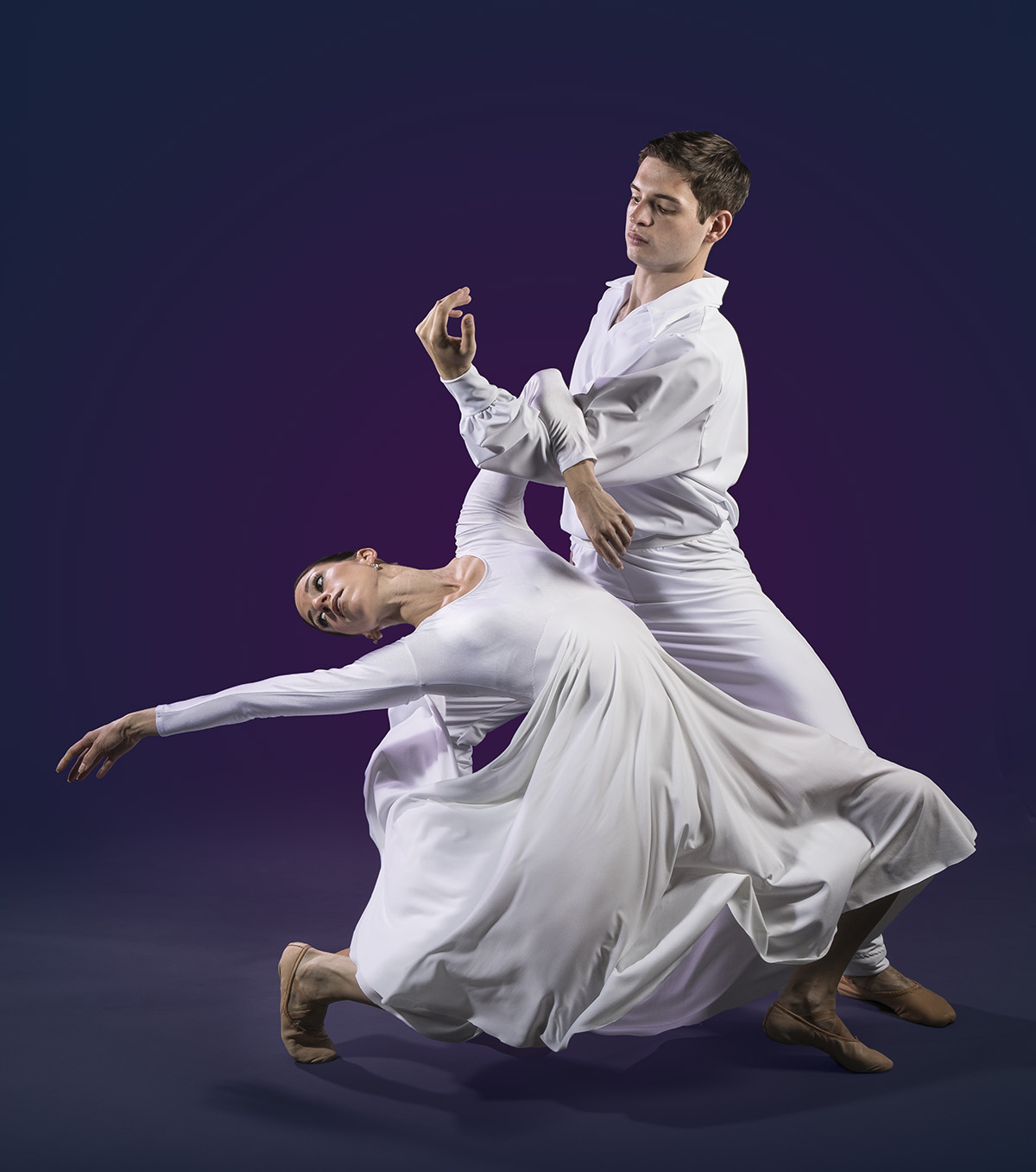Diving into ‘Mozart in Dance’
Santa Barbara Symphony and State Street Ballet Stage Mozart’s ‘Requiem’

The grand final work of Wolfgang Amadeus Mozart, his Requiem K. 626, shows the composer as an acute observer of human behavior and an incomparable master of musical form. His cantabile style had been honed to gleaming perfection in such works as The Magic Flute and Così Fan Tutti, yet the serious subject and the composer’s even more serious condition bring out a depth of feeling that distinguishes this celebration of the Mass from his operatic works. On Saturday, October 14, and Sunday, October 15, the Santa Barbara Symphony and State Street Ballet will present an ambitious new dance version of Mozart’s Requiem featuring original choreography by William Soleau, a professional chorus of approximately 80 singers, and a quartet of top vocal soloists: Jeanette Vecchione-Donatti, soprano; Nina Yoshida Nelsen, mezzo; Benjamin Bliss, tenor; and DeAndre Simmons, bass. Although maestro Nir Kabaretti freely admitted that “pairing dancing with a Catholic mass is highly original, to say the least,” choreographer Soleau assured us that the Requiem is actually “the most frequently choreographed work by Mozart, thanks to its sublime music.”
Coming on the heels of a string of successful collaborations between the two organizations, including Carmina Burana, The Firebird, and Appalachian Spring, this special event nevertheless represents a major step forward for a number of reasons. For the first time, the S.B. Symphony conducted auditions and trained a chorus consisting entirely of professional singers from Los Angeles and the Central Coast. In addition, the choreographer and the conductor have come up with a plan to make the dancers an integral part of the musical performance. This involved pulling the orchestra up out of the pit and putting them onstage, and asking the dancers and the soloists to share the limited remaining performing space between the players and the audience. It’s a challenging gamble that should pay off in excitement, as dancers, singers, musicians, and audience members will share strong sightlines with one another that invite more intimate connections.
Mozart’s final symphony, the No. 41 in C Major, K. 551, “Jupiter” of 1788, completes the program, and will add a useful point of comparison when thinking about whether or not the composer, who died at the tragically young age of 35, can be said to have developed a “late style” such as is often attributed to Ludwig van Beethoven. Note that the Requiem, although thoroughly planned out before Mozart died, had to be finished by another composer, Franz Xaver Süssmayr.
This leads us to the most poignant aspect of the story of this remarkable work’s genesis. According to Mozart’s wife, Constanze, he did not know the identity of the count who had commissioned the work, and thus began, in the terminal phase of his illness, to imagine that he was composing the music for his own funeral. Constanze’s account has since been questioned as to its veracity, but listening to the piece, there can be no doubt that it contains a profound awareness of imminent mortality. The dancers will be dressed entirely in white, the better to accept the work’s lighting design and to reveal the final intentions of music’s most heavenly master.
4·1·1
Mozart in Dance, featuring the Santa Barbara Symphony and State Street Ballet, plays Saturday, October 14, 8 p.m., and Sunday, October 15, 3 p.m., at the Granada Theatre (1214 State St.). Call (805) 899-2222 or visit thesymphony.org.



